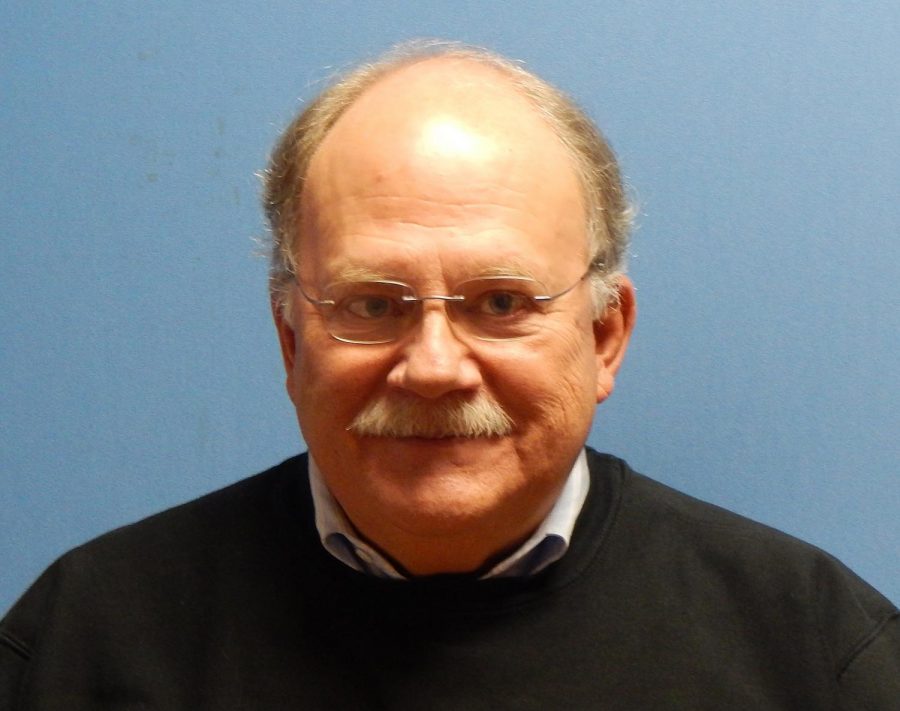Hindes elected new chair of VSCS board of trustees
On Tuesday, Jan.9, the Vermont State Colleges System (VSCS) Board of Trustees elected J. Churchill Hindes by unanimous vote to be chairman of the board following the resignation of his predecessor, Martha O’Connor, who has nevertheless agreed to remain on the board.
O’Connor is credited with deftly leading the board through a series of profound changes for the Vermont State Colleges System, culminating with the merger of Johnson and Lyndon state colleges to form Northern Vermont University.
Vermont State Colleges Chancellor Jeb Spaulding, in a letter to the VSCS community, wrote, “Those of you who have had the good fortune to work with Martha know what an effective leader she has been. Her passion, common sense, keen instincts, incredible contacts, and terrific sense of humor have been so valuable for us… Fortunately, Churchill Hindes shares the same characteristics as Martha and will be a great leader for us.”
As chair, Hindes will work with the chancellor and individual college leaders to improve student life and broaden educational opportunities while addressing community needs. He will lead the 15-member board in its task to sustain the VSCS mission: “For the benefit of Vermont, the Vermont State Colleges System provides affordable, high quality, student-centered, and accessible education, fully integrating professional, liberal, and career study, consistent with student aspirations and regional and state needs.”
Hindes was first appointed to the board in 1987 by Governor Madeleine Kunin. After serving 13 years, he left the board until 2014, when Governor Peter Shumlin reappointed him. For a majority of his 17 years on the board, Hindes has chaired the Committee of Finance.
“I’m a financial expert by training and background,” said Hindes regarding his longtime focus on fiscal issues with the board. Prior to joining the VSCS board, Hindes served four terms as the Commissioner of Budget and Management, State Budget Director and Deputy Secretary of Administration for the state of Vermont under Governor Richard Snelling and Governor Madeleine Kunin.
On his way to becoming an active leader in Vermont healthcare, Hindes obtained his Ph.D. in Hospital and Health Administration/Health Policy from the University of Iowa. “I have also had a second career as a faculty member at the College of Medicine in Burlington,” Hindes said. “I just retired from both my posts at the hospital in Burlington and at UVM Medical School, where I was a clinical associate professor of medicine.”
During his time on the board, Hindes has seen a major shift in the challenges facing VSCS schools, communities and the board itself. In the 1980’s through the early 2000’s Vermont’s public colleges were in a state of growth, which allowed the board to focus on the development and expansion of college campuses and programs.
During this time the board was able to support construction of all the SHAPE facilities at Vermont state schools and establish the endowment program, which increases educational accessibility for students facing monetary difficulties.
“Now it’s more responding to financial challenges as the premiere focus of the finance committee these days, as opposed to growth and development as it was 20 years ago,” said Hindes. “The best example of trying to respond to this new reality is the development of Northern Vermont University.”
Both Johnson State College and Lyndon State College have seen the firsthand effects of this financial shift. Northern Vermont University has been created to financially strengthen and increase the student appeal of both colleges, which have been facing their own fiscal issues since the early 2000’s.
“The most pressing matter for the board right now is to be sure that we can meet our commitments to enrolled students of a high-quality education that is as least costly as it can be, but acknowledging it will continue being costly,” Hindes said. “Vermont is an expensive place to go to college no matter how you cut it.”
Another major challenge that concerns Hindes is the ever-changing demographic of college communities. “We have to recognize that at some point in the future the demographics are going to change, so we can’t over adjust today and jeopardize our ability to serve students in the future,” Hindes said, while acknowledging the need to maintain a balance between expanding current programs and sustaining their ability to meet the new needs of future students.
“On one foot we are very autonomous, independent, charting our own course, making our own decisions, but on the other foot we are deeply integrated with the state of Vermont,” said Hindes. “We are a Vermont public institution, so the needs and desires of the state of Vermont are also part of what we do.”
Hindes takes pride in the diversity of educational opportunities and the accessibility of the Vermont State Colleges. With the network of state colleges across Vermont, including the state’s only community college, Community College of Vermont (CCV), he noted the VSCS features close-to-home options for anyone in the state at a cost-efficient price.
“We benefit Vermont—one student at a time,”Hindes said.




